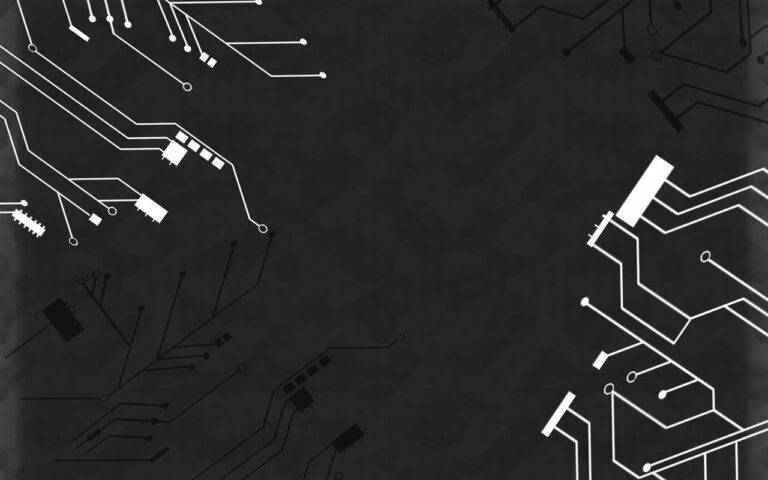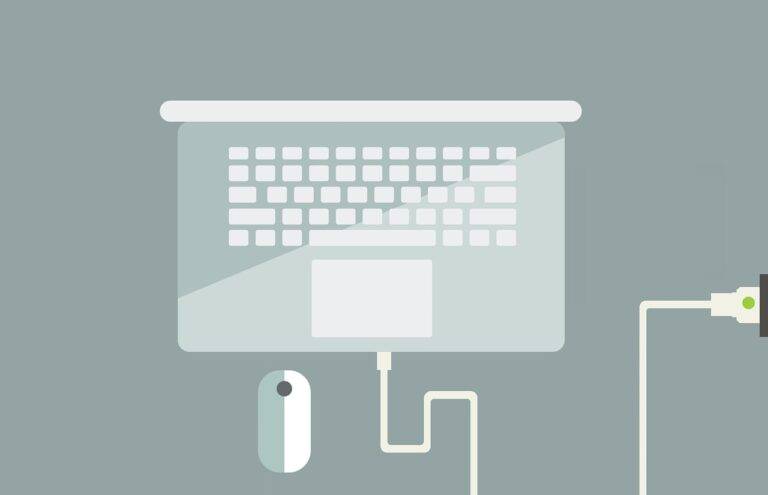The Future of Quantum Cryptography in Securing Healthcare Data
Data security remains a significant challenge in the healthcare sector due to the increasing prevalence of cyber threats. The vast amount of sensitive patient information stored electronically makes healthcare organizations prime targets for cyber attacks. This places immense pressure on these entities to implement robust security measures to safeguard patient data from unauthorized access and breaches.
Moreover, the complex nature of healthcare systems and the variety of devices used to access and share data create vulnerabilities that can be exploited by malicious actors. The lack of standardization in security protocols across healthcare institutions further complicates efforts to ensure comprehensive data protection. As cyber threats continue to evolve and become more sophisticated, healthcare organizations must constantly adapt their security measures to mitigate risks effectively.
• Healthcare organizations are prime targets for cyber attacks due to the vast amount of sensitive patient information stored electronically
• The complex nature of healthcare systems and variety of devices used create vulnerabilities that can be exploited by malicious actors
• Lack of standardization in security protocols across healthcare institutions complicates efforts to ensure comprehensive data protection
Current Encryption Methods in Healthcare Data Protection
Encryption plays a vital role in safeguarding healthcare data from unauthorized access and breaches. One of the commonly used encryption methods in healthcare data protection is the Advanced Encryption Standard (AES). AES employs symmetric key encryption, where the same secret key is used for both encryption and decryption, ensuring data security by converting plain text into cipher text.
Another prevalent encryption technique used in healthcare data protection is the Rivest-Shamir-Adleman (RSA) algorithm. RSA is an asymmetric encryption method that utilizes a pair of public and private keys for encryption and decryption processes. This method is widely adopted in healthcare settings due to its robust security mechanisms, making it challenging for cybercriminals to intercept and decipher sensitive patient information.
Limitations of Traditional Cryptography in Securing Healthcare Data
Traditional cryptography plays a vital role in safeguarding healthcare data against unauthorized access and breaches. However, it also comes with its limitations when it comes to securing sensitive medical information. One of the primary drawbacks is the reliance on static keys for encryption, which can be vulnerable to key exposure and manipulation by experienced hackers. This limitation poses a significant risk to the confidentiality and integrity of patient data stored within healthcare systems.
Another limitation of traditional cryptography in securing healthcare data is its potential susceptibility to brute force attacks due to increasing computing power. As technology advances, the computational resources required to decrypt encrypted data diminish, making it easier for cyber attackers to penetrate encrypted systems. This raises concerns about the long-term efficacy of traditional encryption methods in protecting sensitive healthcare information from evolving cyber threats and sophisticated hacking techniques.
What are some of the challenges in securing healthcare data?
Some of the challenges in securing healthcare data include the increasing amount of data being generated, the complexity of healthcare systems, and the need to comply with strict privacy regulations.
What encryption methods are currently used to protect healthcare data?
Current encryption methods used to protect healthcare data include Advanced Encryption Standard (AES), Triple Data Encryption Standard (3DES), and RSA encryption.
What are the limitations of traditional cryptography in securing healthcare data?
Traditional cryptography has limitations in securing healthcare data because it may not be able to effectively address the growing threats of cyberattacks, such as advanced persistent threats (APTs) and insider threats. Additionally, traditional cryptography may not be able to provide the level of data protection required by healthcare regulations such as HIPA





